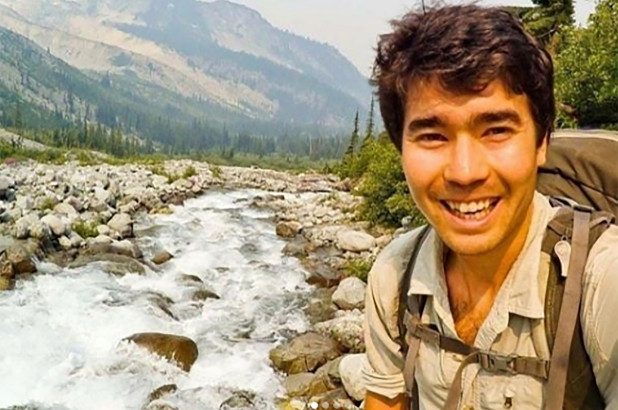The Gryphon explores the dangers and ethical implications of missionary work with uncontacted tribes
In November this year, missionary John Allen Chau travelled to North Sentinel Island in the Bay of Bengal. When he tried to make contact, he was killed by its inhabitants. This tragedy, like the tribe itself, has been met with praise, rebuke, but above all, fascination. The incident has reignited debates about the accountability of indigenous people and echoed what campaigners and policymakers have been highlighting for years: that the Sentinelese should ultimately be left alone.
The tribe, by their isolated nature, are immediately threatened by outsiders. Even if strangers like Chau mean well, their presence on the land poses a very real health risk to its inhabitants. As a largely uncontacted tribe, they have not been exposed to the slew of bacteria and viruses which we, as a collective, have lived with for generations and become immune to, both through exposure and vaccinations. Therefore human outsiders, to the Sentinelese, function as walking biohazards capable of causing an epidemic which could potentially decimate their population. So, by entering the land, Chau was gambling both on his own life and the lives of the Islanders.
This risk is not just theoretical. The tribe have had a fraught history with outsiders, entangled with British colonial rule, which is also linked to missionary work. In the 1800s, after the British declared the Island to be part of their colonised territory, an armed group led by naval officer Maurice Vidal Portman captured six tribe members who were taken to the town of Port Blair. All of them fell ill, two died, and the four remaining children were returned to the land, likely infected with illnesses which their immune systems were unable to handle. Similar destruction has been brought to other indigenous peoples who, like the Sentinelese, inhabit the Andaman Islands. Towards the end of the nineteenth century, the population of the Great Andamanese tribes was drastically reduced through imported diseases from the British, who set up a colony there. More recently the Jarawa, who made contact with the outside world in 1997, who have faced new dangers since, such as sexual abuse and a measles epidemic. So, the hostile resistance to outside contact is not only justified but fundamental to their protection, encouraging efforts to protect the Sentinelese from the same end as other indigenous populations.
These efforts are led by both Indian policymakers, who legally protect the island, and campaign groups, who have criticised not only the actions of John Allen Chau, but the events which led up to his death. Director of Survival International Stephen Corry stated that “ a few months ago the authorities lifted one of the restrictions that had been protecting the Sentinelese tribe’s island from foreign tourists, which sent exactly the wrong message, and may have contributed to this terrible event.’ (Survival International)
Thus, for the Sentinelese, who justifiably view outsiders as a threat, killing is not a moral choice but a matter of survival. In the unfamiliar territory of this unique situation, the act of killing takes on a moral ambiguity which is difficult to decipher. Ethical codes are both culturally inscribed and dependent on circumstance. So, whilst killing is seen as universally immoral, if carried out in defence for the survival of the tribe, it falls outside of the rigid dichotomy between right and wrong. Also, as the tribe are detached geographically, they are also detached from the ethical and legal rules which we are using as the moral framework with which to judge them. Therefore, though it is problematic to give them a free pass because they are detached from society, it is both ethically and practically difficult to make them accountable for violating the rules of a society which they are not only are removed from but do not know exists.
Similarly, they are separated from the western moral discourse with which they are being discussed. This discourse pits tribal savagery against Western civilisation, a hierarchy fuelled by rumours that they are, for example, cannibals. Missionary work to civilise or enlighten tribes, though born out of a sense of benevolence and shared humanity, can also operate through this positioning which places primitive traditions as inferior to Western cultural practices. So, whilst there is no evidence that Chau was planning to intentionally eradicate the tribe through a virus, he was, as some argue, planning to eradicate their cultural traditions through the spread of Christianity. To judge them through our moral lens would be similar to the spread of belief which Chau was attempting.
The Sentinelese then, having survived a history of colonial interference, illness and population decimation, are one of the few remaining uncontacted indigenous peoples. To them, outsiders can become accidental biological weapons, an idea reflected by a devastating history. Ultimately, in making a judgement of their actions, we are imposing a moral ideology which is created from our own circumstance in order to judge a completely separate and unfamiliar one. Ultimately, leaving them alone can potentially protect both their lives and the lives of any visitors, and, as a moral route which is not ambiguous, surely that is the one to take.
Emily Stevens

